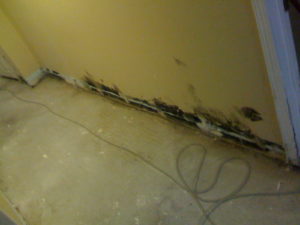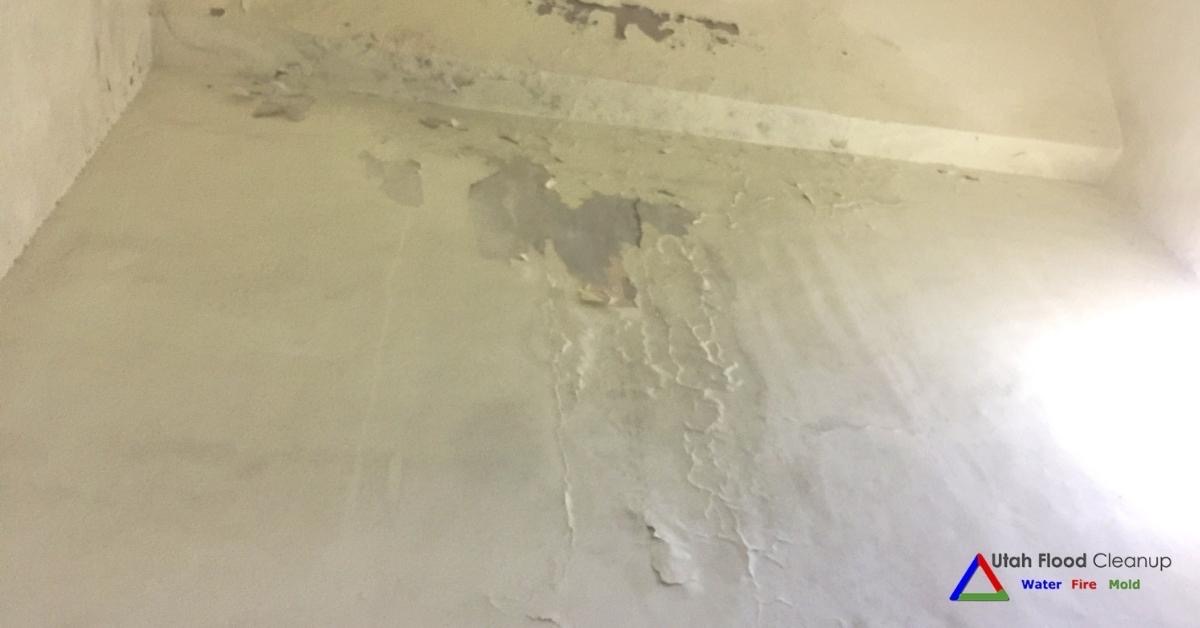Spot and Address Stains from Water Like a Pro
Spot and Address Stains from Water Like a Pro
Blog Article
The content which follows relating to How to Remove Water Stains from Walls and Ceilings is absolutely remarkable. Read it for your own benefit and figure out what you think about it.

Water spots on wall surfaces are not positive to the eyes. Your house needs to lack stains on the wall surfaces, roofing system, or floorings. That is the perfect state of a residence and its structures. Yet, sometimes it appears almost inescapable to experience water stains on walls in houses.
Home owners staying in humid regions continuously take care of the fear of water stains on wall surfaces. However that does not have to be the case for you. With exact as well as all-around details on the reasons for water discolorations and timely repair service processes, you will always be a step ahead of such occurrences. This write-up assures to be a handy overview for you.
3 Common Root Causes Of Water Discolorations on Wall Surfaces
In contrast to popular belief, water discolorations on walls do not constantly come from poor structure materials. There are several sources of water spots on wall surfaces. These consist of:
Wet
When hot wet air consults with dry cool air, it causes water beads to form on the walls of structures. This happens in washrooms as well as cooking areas when there is heavy steam from cooking or showers. The water droplets can tarnish the surrounding walls in these parts of your home and also infect various other locations.
Wet or condensation affects the roofing system and also wall surfaces of buildings. When the wall surface is damp, it creates a suitable atmosphere for the growth of fungi and microorganisms.
Poor Water drainage
This will certainly protect against water from leaking right into the walls. This web links to too much moisture that you notice on the walls of your building.
The leading reason of damp wall surfaces, in this case, can be a poor drain system. It can additionally result from inadequate administration of sewer pipelines that go through the structure.
Pipeline Leaks
Most residences have a network of water pipelines within the walls. It always increases the viability of such pipelines, as there is little oxygen within the wall surfaces.
Yet, a drawback to this is that water leak influences the wall surfaces of the building and causes prevalent damage. An indication of defective pipelines is the look of a water stain on the wall.
Pro Tip
A houseplant in your house likewise increases its moisture. So, if your home is already moist, you may wish to present houseplants with marginal transpiration. An example of suitable houseplants is succulents.
Water Stains on Wall Surface: Repair Work Tips
When dealing with water stains, home owners would typically want a fast fix. They would certainly quickly recognize this is counterproductive as the water spots recur. So, right here are a couple of valuable tips that will lead you in the repair work of water stains on walls:
Final thought
Although no person intends to have water spots on walls in their residence, it can take place to the most effective of us. This short article provides you take advantage of, as you currently understand how to handle this mishap if it does occur.
It is always best to recruit professional services to help repair the damages in your house.
Often it appears virtually inevitable to experience water stains on walls in homes.
In contrast to preferred idea, water discolorations on wall surfaces do not constantly stem from inadequate structure products. There are a number of causes of water spots on walls. The water droplets can tarnish the surrounding walls in these components of your residence as well as spread to other areas.
Here are a couple of handy pointers that will guide you in the fixing of water discolorations on wall surfaces:
CHECKING FOR WATER DAMAGE
Water damage can be costly, and it may begin before you even notice the first signs of trouble. Water damage can cause mold and mildew in your walls and floors, which can create an abundance of health concerns for your family. It can also lead to costly repairs of various appliances and general home fixtures. To avoid the pricey consequences of water damage, here are Warner Service’s top 5 places you should check:
The walls – The easiest place to spot the beginnings of water damage is on the walls and ceilings of your home. If water damage is present, there will most likely be water stains, especially around the windows and doorframes, and/or cracks in the drywall. If a stain looks unusual (discolored to brown, black or gray, raised texture), has a swollen appearance or is soft to the touch, contact a professional immediately. The pipes – To avoid water damage, consistently check the pipes in your kitchen (especially the dishwasher and ice maker), bathrooms, laundry room (specifically washing machines) and basement for corrosion, leaks and water stains. Pay special attention to where the pipes connect in your home and the location of caulking around the bathroom fixtures, including toilets, sinks, showers and tubs. Missing or loose caulking and grout could be signs of leaking water. This seepage can also quickly cause mold and rust, so double check your water heater and tank for wet spots on the floor. The floor – Water damage is very easy to spot on the floor. Look for any warping or buckling of the material, especially in the basement. If your home has wood flooring, look for bright white or dark stains. If your home has carpeting, keep it dry and clean. A damp carpet that smells of mold could cause water damage and health problems. To avoid this, consider installing floor pans under your appliances to help prevent damages from small, slow and undetected leaks. The basement and attic – If your basement or attic smells odd check for mold and mildew around the area, especially the valley where the roof meets. While you are inspecting those areas, check for wall cracks, floor stains, rust and dampness in the insulation. If you live in a colder and/or rainier climate, perform routine checks for water damage from melting snow or ice and rain. The exterior – Check the roof for damaged flashing and missing, cracked or curled shingles. There should also be no standing water anywhere outside your home. This could be caused by puddles, leaky rain gutters or hoses, poor drainage, or short gutter spouts. Invest in a sump pump system or water flow monitoring system, and perform routine maintenance on these outdoor appliances to avoid indoor water damage.

I found that blog post on How to Remove Water Stains from Walls and Ceilings while doing a lookup on the web. Sharing is good. You won't know, you will be helping someone out. Thanks for taking the time to read it.
Contact Us Today Report this page